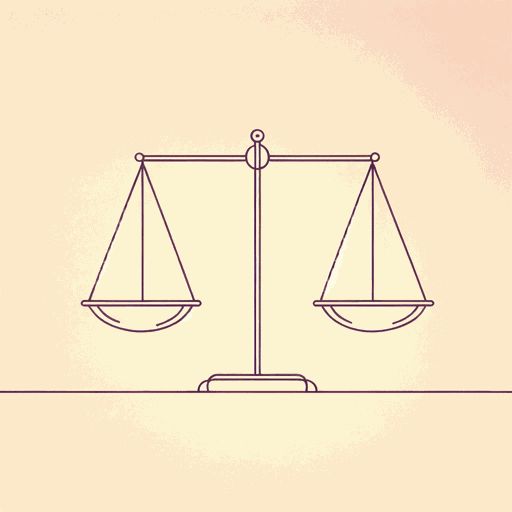74 pages • 2 hours read
John RawlsA Theory of Justice
Nonfiction | Reference/Text Book | Adult | Published in 1971A modern alternative to SparkNotes and CliffsNotes, SuperSummary offers high-quality Study Guides with detailed chapter summaries and analysis of major themes, characters, and more.
Preface-Chapter 1, Sections 1-9Chapter Summaries & Analyses
Part 1
Preface Summary
The fundamental ideas of Rawls’s A Theory of Justice are concentrated in approximately one third of the book. On Rawls’s own suggestion, all that is needed to understand the ideas presented in this book are: Sections 1-4 and Section 8 in Chapter 1; Sections 11-17 in Chapter 2; all of chapter three; and Sections 33-35, 39, and 40 in Chapter 4.
After this, some additional reading may be desired to elaborate on fundamental concepts. If this is desired, or required, Rawls suggests reading Sections 66 and 67 in Chapter 7; Sections 77-79 in Chapter 8, and Sections 82, 85, and 86 in Chapter 9.
The remaining chapters: 1) explain philosophical ideas mentioned in the book but not included in the theory; 2) draw distinctions between Rawls’s Theory of Justice and other philosophical conceptions; 3) apply Rawls’s ideas to distinct situations; and, 4) flesh out Rawls’s theories in a level of detail appropriate for someone seeking a deep and thorough familiarity with the theory. Rawls states these chapters are unimportant to understanding the main philosophical argument of the book.
Chapter 1, Section 1 Summary: “The Role of Justice”
Rawls writes that “[j]ustice is the first virtue of social institutions” (3). A loss of freedom for some cannot be justified by the greater good of others.
Related Titles
By John Rawls



